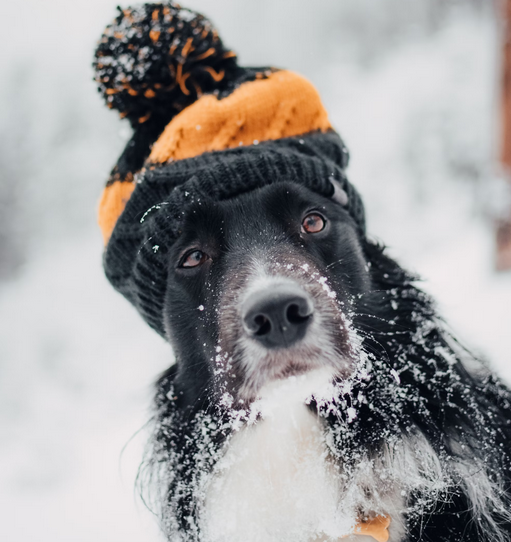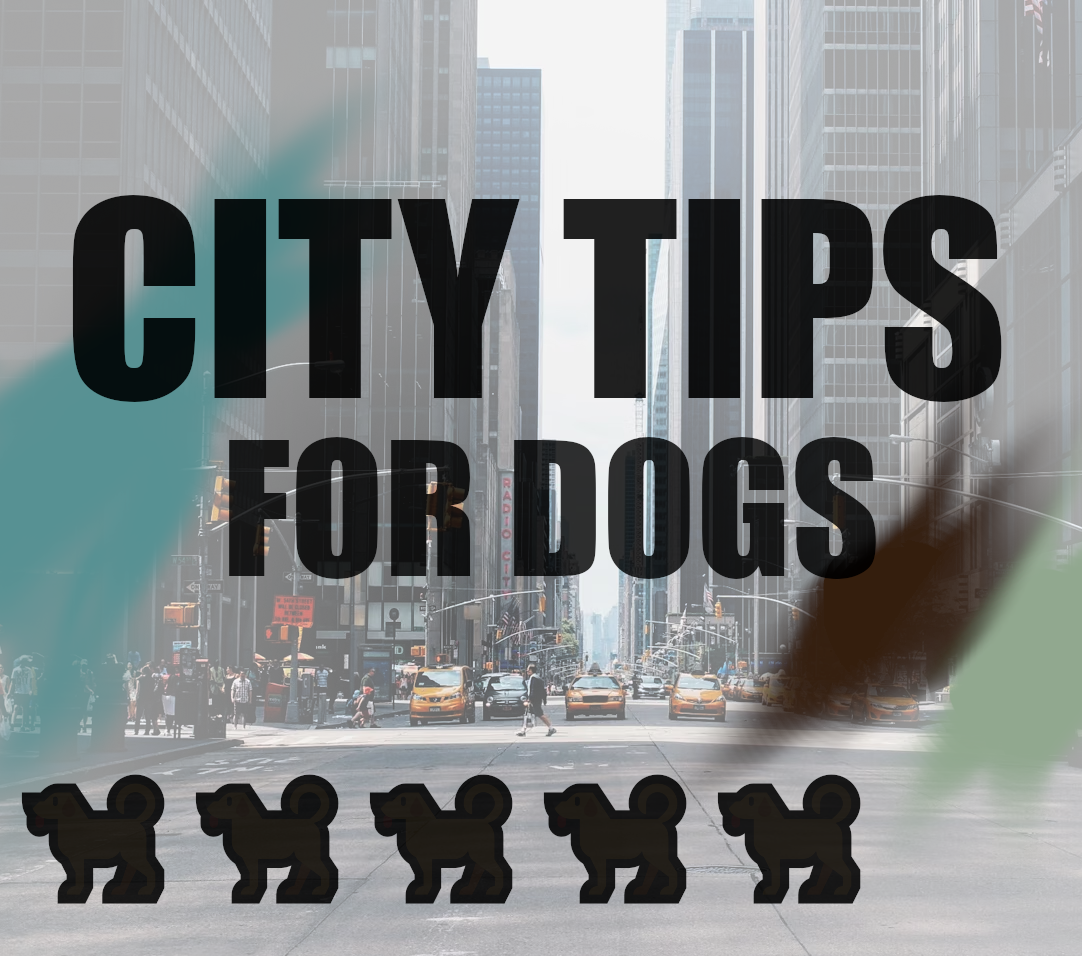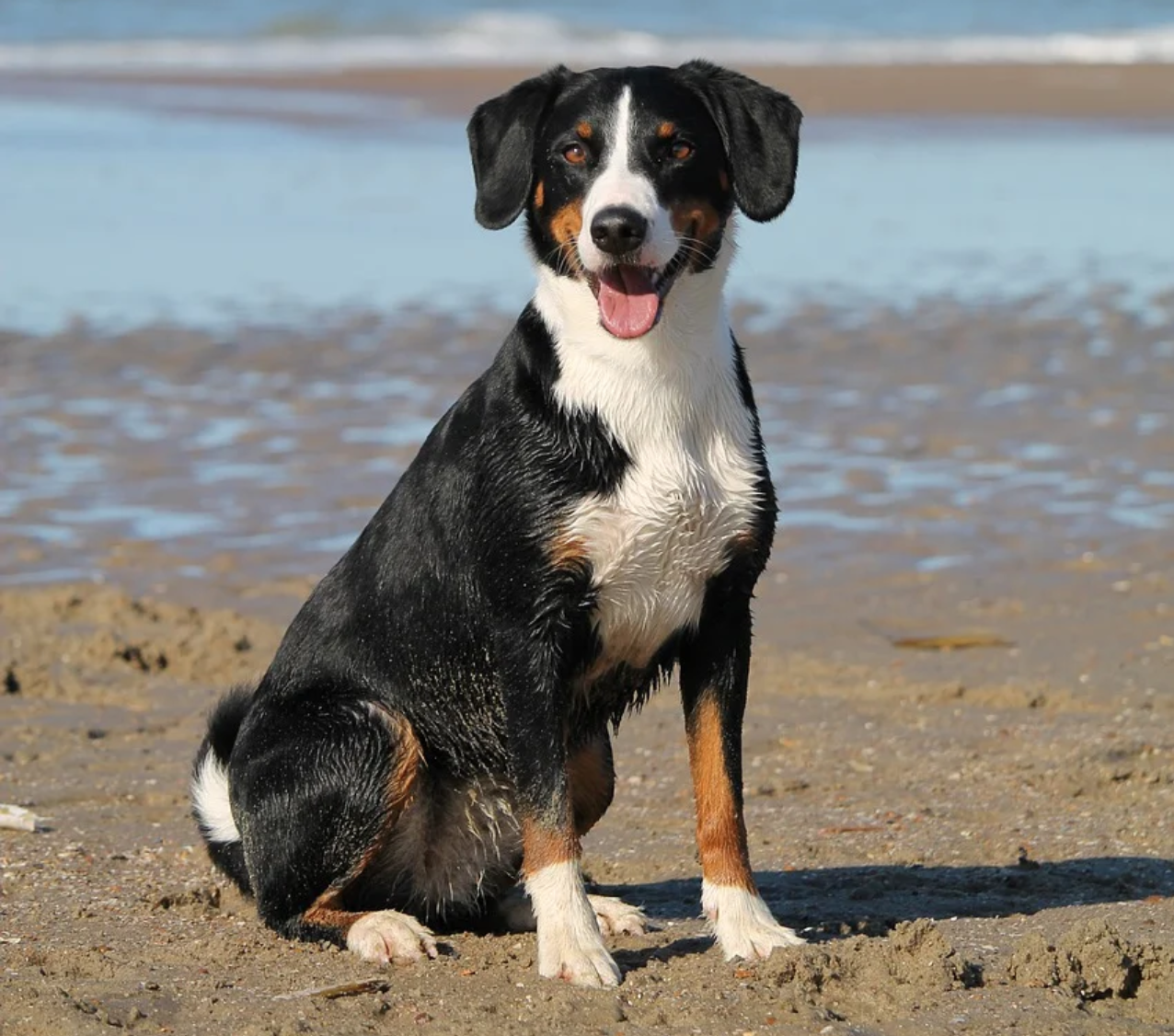Cold weather tips for dog care!

Hello, friends of dogs! Have you got a four legged companion in your life who likes to sniff around the grass, bark when someone knocks at the door, and lean in to those butt scratches from your all-too-talented human hands? Can you see your breath outside right now? If you do have a dog and it’s cold outside, there are some special cold-weather considerations for dog care that you should know about! Let’s run through some of the hazards that the cold can present to our four-legger woof woof pals, and lay out some ways that we can work around these hazards for a happy and healthy time living in the cold.
There are a variety of things that can be considered “cold” weather. If you consider 70F cold, you can of course still bundle up in a sweater before heading outside, but your dog is likely good to go as they are. As a starting point, this article is mainly talking about when it’s at least cold enough to see snow on the ground.
Number 1 - Watch those paws!
When we humans go out walking in a winter wonderland, we usually wear something on our feet! Imagine trying to walk down a frozen sidewalk on bare feet, and contending with the frozen ice that’s going to give you frost bite, not to mention the jagged bits of ice that will cut up your feet or make you slip and drag your foot across rough jagged ice and give you big long cuts and scrapes. Yeeeeowch! If you tried to go for a barefoot walk around the neighborhood in sub zero temps, you would probably have to see a doctor afterwards.
Dog paws are usually made of tougher stuff than bare human feeties, but those dog paws still aren’t invincible! These are some terrain hazards to keep in mind:
-Slippery Ice!
-Super Cold Ground!
-Road Salt!
These things won’t necessarily instantly harm your wagging companion. Dogs can enjoy a romp through the snow, and many would probably love to bound through snowbanks as you toss fluffy snowballs around for them to chomp at! Of course, if we are dealing with serious extreme conditions, stuff where you wouldn’t want to step outside to get the mail, then your dog’s paws likely shouldn’t be put in that for longer than a brief moment either. But in more ordinary cold weather, the problem with these ground conditions is exacerbated over days, weeks, or months of sustained exposure. If they’re out on long walks through this kind of stuff each day, you may start to see that the pads of their paws are soft and worn through, discolored, or maybe even bleeding.
What can we do about it? Well, none of these options may sound like too much fun, but if you and the dogger live in a place that gets seriously cold, it’s probably worth it in the long run to explore some of these solutions.
Solution 1: Dog boots! Yes indeed, they do make boots for dogs! The success or non-success of these is going to be hit or miss. Some dogs get used to them pretty quick, and will be wagging as they’re put on because it means they’re about to go out for a sniff in the snow. To be honest, I have mostly had it go the other way, where the dog just can’t seem to figure out how to walk in these dang thingamajigs, they don’t enjoy going out in them at all, and after half a block they’ve managed to accidentally lose two and seemingly purposefully lose a third, and even the fourth by itself still has them walking like it’s their first day having legs. If boots do work for your walk companion, great! Keep an eye on how their paws are doing with them over time, and if they seem healthy, you can keep up the long walks! But, if your dog is saying that dog boots suck, that’s okay too, we can try something else.
Solution 2: Wiping paws off when we get back inside. This is particularly relevant if you and Wags walk across roads, sidewalks, driveways, plazas, etc., that are treated with salt to keep away the ice. The fact that the ice is gone is great! The fact that this salt wears away harshly on canine paw pads is deeply unfortunate. If you’ve walked over a place that’s salt treated (sometimes you can just tell by how it looks, or scoop up some ground junk and lick it, hey you’d lick the inside of a dog’s mouth and their mouth is right there on the road anyways so why not), if it’s salty on the road it’s salty on their paws, and that’s no good to leave that way. After a salty walk, it’s a good idea to take a couple rags or some paper towels, soak them in water, and gently paw by paw give the pads and fur a wipe, and dab them dry after with the dry rags/towels. This is also good practice in warm weather if you’re going over lawns that are treated with chemicals (in some places like suburban America you can pretty much always assume this is the case.) Washing their paws still won’t help with the cold itself, but it’s definitely worth addressing the salt if that’s something that the two of you are faced with.
Solution 3: Limiting time outside. Being out with your long tongued Lassie is great fun, but in the long term, their health comes first. You may have to limit time outside to going right out to pee and back in, which in and of itself may take a lot of trips out for them to accept that that is the deal now. Have patience. Going out is probably a real high point in their doggy day, so having it be so short is hard but needed. Do take advantage of the warmer winter days when going out for a romp is more workable. In the meantime, do your best to make their time inside as fulfilling as possible. Some dogs may just want to nap alone, and leaving them unbothered is the best way to make the time go by. Other dogs may want to snuggle, sniff out of a cracked open window with you, play on the floor with toys with you, or do trick learning with treat rewards!
Related to having to limit time outside: try not to get personally mad at a dog if they do their business inside because they haven’t been able to do it outside. It’s more or less the fault of the weather, not the fault of the dog. Some dogs and living situations may be agreeable to indoor waste options like pee pads, others may not jive with that as well. Also, if you’re bringing a new dog into your life who may have to be toilet trained, if you have a choice then it’s probably better to bring that dog home at a time of year when you can go outside frequently and take all the time you need out there, rather than in the coldest heart of iciest winter.
Number 2 - Bundle up, both of you!
You and the dog are partners in going for a walk, both of you important to the other. If you forgot poop bags and have to go right back inside, you’re going to get some grumbles. If they want to be aggressive with every other human or canine they see, they’re making a real serious problem for your experience too. Both of you are important to how walking goes. And in the cold, it’s important that both of you are dressed for the part.
Depending on what breed your co-walker is, they might already have a really good thick winter coat that is going to get them through any winter weather your climate can throw at them. Other dogs have thinner coats, and even if they get a tiny bit fluffier in the winter to do their best with the cold, it’s still not equivalent to much more than a sweater. If their hair is on the thinner side and the winter gods are really cranking down the temp, consider finding out if a dog vest would be a good addition to the walking wardrobe. Just like boots, some dogs can get used to vests easily and other dogs don’t, personally I have had better success with vests, but every dog is unique. Keep in mind that this still leaves your companion’s nose and such exposed, so you still shouldn’t be out forever, but for our thin coated friends it can still make a marked improvement.
For your own wardrobe, you probably have a good idea of when you’re cold, and what’s appropriate for the weather. Gloves are very good if your hands are going to be holding a leash and can’t be tucked away in your pockets. Scarves are excellent for keeping your face toasty by blasting your breath warmth right back at you. For jackets, it’s good not to underdress or overdress. The problem with underdressing is obvious in cold weather: you don’t want to be out there shivering so much that you have to turn back while your partner is still eager to keep going! It is also possible to overdress: if you’re sweating buckets inside of your cocoon, the moisture of that sweat can actually turn your warm clothes against you, and make them frigid coldness-accumulators more than toasty incubators. This is especially true if you’re out being active and walking. In general, it’s great if you can have layers that you can zip/button open or closed depending on how hot you’re running at different points in your journey.
One thing to keep in mind: if you’re bundling up against the cold with some seriously heavy garments, and even those are barely cutting it, it may be a sign it’s too cold for your co-walker, regardless of what their coat situation is. It’s probably good to keep outdoor time very limited if that’s the case (see earlier for indoor activity ideas), and hope that at least slightly warmer days are ahead soon.
Number 3 - Thin ice! Miscellaneous dangers
Cold and snowy weather comes with some dangers that seem like the stereotypical things we warn children about, but they may apply to our companions who want to stick their nose into everything as well. Mainly, what comes to mind is thin ice and slippery roads.
Sometimes, a lake’s ice is perfectly solid, and a dozen dogs and their humans can all have a gay old time jumping around on it. But, if you don’t know what the situation is with the ice at hand, it may be best to stay on leash when you’re near bodies of water.
Cars, already enough of a danger to dogs, are not less of a danger when they are more challenged to stop when they want to. Mind those roads. Stay safe!
Speaking of, careful on slippery ice yourself. If your dog is already nearly pulling you off your feet when on solid ground, ice is going to be a steep increase in danger there. My advice, if there’s not an immediate danger like an oncoming car: if they’re about to suddenly yank you over, let go of the leash. Taking a bad fall is a roll of the dice as to whether you brush it off laughing or whether you get a seriously debilitating injury. I would take the benefit of getting to catch myself as much as possible.
It is also worth noting, if you’re out in freezing temperatures, the cold is able to immediately kill the battery of any electronics you might have on you. Bluetooth earbuds getting turned off, annoying. Your phone getting turned off that you were depending on for directions, that might be a real problem. These devices should become operable again when you’re able to get them inside to a charger, and they’re good to keep around so you can call someone in an emergency for as long as they do work, but try to limit your walk to areas where you’ll be able to find your way back home if you were suddenly without your map app of choice or the ability to phone a friend.
Winter can be a blast on the nicer days, and some dogs absolutely love the snow. Have fun! And do what you can for the two of you to stay happy, healthy, and safe!
Article written by Northy Bork aka Sled Dog Kisser (December 2023)
Questions, comments or concerns? Check out our Discord server!




